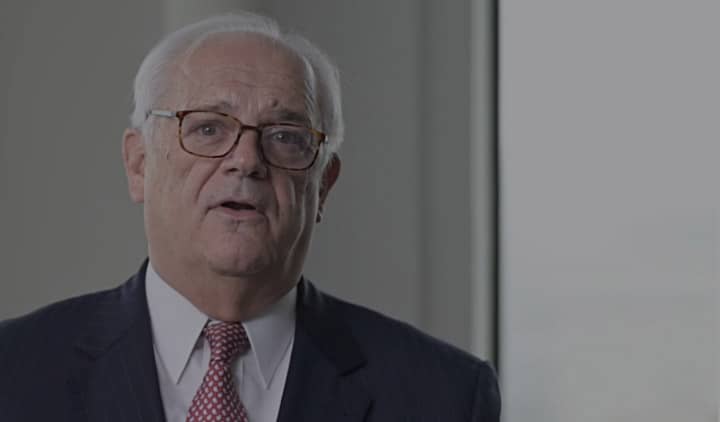In our last post we discussed the pending litigation against one of the nation’s largest medical device manufacturers arising out of the off-label use of its bone grafts. Medtronic’s INFUSE Bone Grafts were used in several types of spinal surgeries without approval by the Food and Drug Administration. As a result, many patients now suffer debilitating back pain which could have been prevented.
Personal injury and shareholder lawsuits were filed in connection with the misbranding of this Medtronic device. Patients are attempting to recover damages for the serious health consequences that they suffered after being given INFUSE Bone Grafts. Medtronic’s shareholders allege that the company “recklessly downplayed” the safety risks of the device which caused the patient injuries and devalued the company’s stock.
One former Medtronic employee who is a “confidential witness” in the INFUSE lawsuits is trying to block the release of documents relevant to the case. These documents may show that Medtronic knew of the dangers which its device could create but ignored these dangers in order to make a profit. The witness says that the documents pose “a real and appreciable danger of self-incrimination,” which means that these documents will likely provide proof that patients were needlessly injured by the company.
It is argued that Medtronic saw the large market for medical devices for lower back surgeries and aggressively promoted its INFUSE Bone Grafts for various types of spinal surgeries despite the fact that clinical tests showed that the device could harm patients. The FDA only approved the INFUSE Bone Grafts for anterior lumbar interbody fusion (ALIF) surgeries, but recent disclosures suggest the device was used for off-label purposes in up to 85 percent of cases. The pending release of the Medtronic documents could speed up the settlement of the INFUSE lawsuits and allow injured patients to quickly recover the compensation they deserve.
Source: Mass Device, “Medtronic’s confidential witness still refuses to cough up Infuse docs,” Feb. 2, 2012


